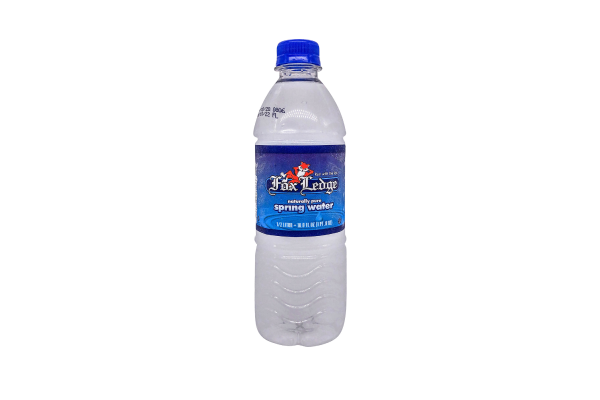
Fox Ledge Spring Water
Please Note
All results & information have not been verified. All data is provided by the applicable company and may be estimated based on scientific data. Ratings and scoring are subject to drastically change based on new data / research.
Contaminants Found (4)
Barium
A naturally occurring element often derived from industrial discharges and natural deposits.
Can lead to increased blood pressure, heart and nervous system problems, and long- term exposure may cause kidney damage.
Bromide
A naturally occurring ion found in seawater and some groundwater.
While not harmful on its own, it can form toxic byproducts, like bromate, during water disinfection processes.
Nitrate
Commonly found in water due to agricultural runoff, sewage, and industrial waste.
Can cause methemoglobinemia, or "blue baby syndrome," in infants and may increase the risk of cancer and thyroid problems with prolonged exposure.
Sulfate
A naturally occurring mineral found in water from soil leaching, rocks, and industrial processes.
High sulfate levels can cause gastrointestinal discomfort, including diarrhea, especially in infants and sensitive populations.
Water Sourcing and Treatment
The bottling of our pure, natural spring water takes place on-site at our production plant in Northeast Pennsylvania.
Other Ingredients Found (8)
Alkalinity
Total: 26 mg/LA measure of water's ability to neutralize acids, primarily influenced by bicarbonates, carbonates, and hydroxides.
Bicarbonate
Total: 32 mg/LA component of natural alkalinity in water, contributing to pH stability.
Calcium
Total: 11 mg/LA naturally occurring mineral in water that contributes to hardness.
Chloride
Total: 0.72 mg/LA naturally occurring ion found in salts, sometimes entering water from road salt, sewage, or industrial processes.
Copper
Total: 0.0081 mg/LA metal found in water from plumbing systems and industrial waste.
Magnesium
Total: 0.79 mg/LA mineral essential for bodily functions, found naturally in water.
Sodium
Total: 1.6 mg/LNitrogen
Total: 0.6 mg/LA metal found in water from industrial waste or corrosion of plumbing.
